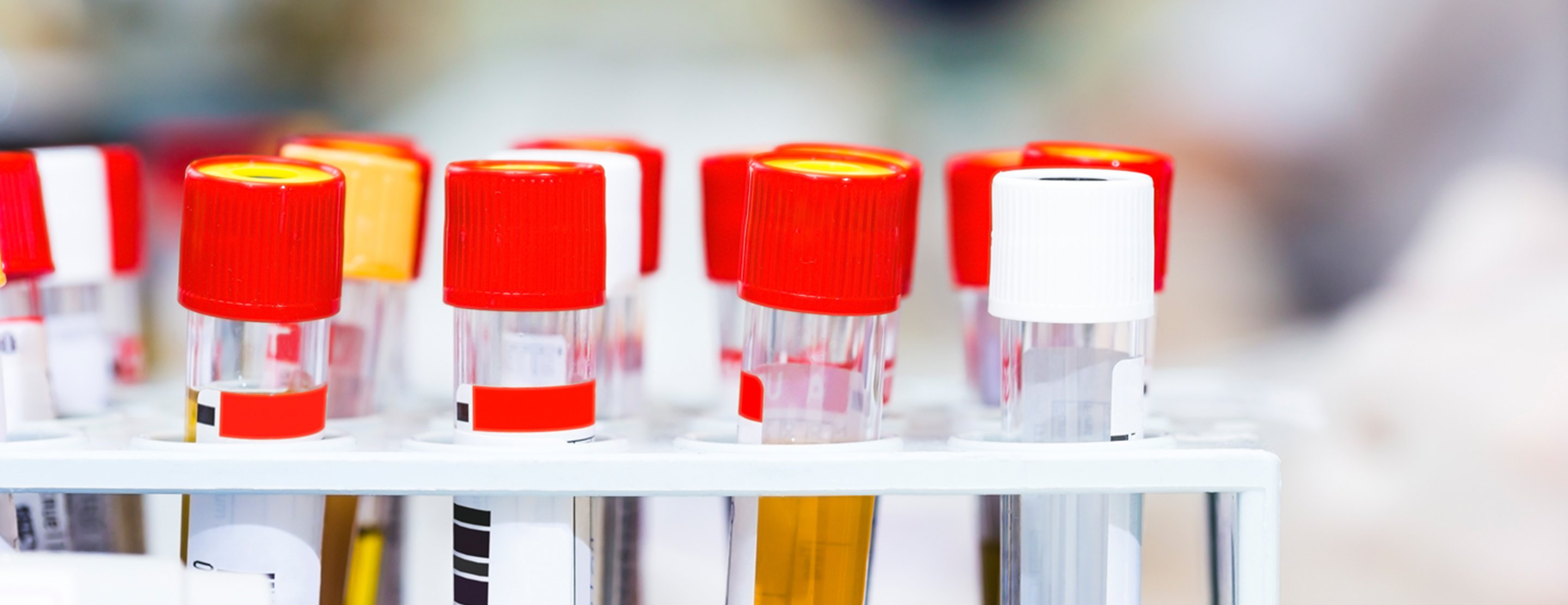
Urine culture - catheterized specimen
Definition
Catheterized specimen urine culture is a laboratory test that looks for germs in a urine sample.
Alternative Names
Culture - urine - catheterized specimen; Urine culture - catheterization; Catheterized urine specimen culture
How the Test is Performed
This test requires a urine sample. The sample is taken by placing a thin rubber tube (called a catheter) through the urethra into the bladder. A nurse or a trained technician may do this.
First, the area around the opening of the urethra is thoroughly washed with a germ-killing (antiseptic) solution. The tube is inserted into the urethra. The urine drains into a sterile container, and the catheter is removed.
Rarely, the health care provider may choose to collect a urine sample by inserting a needle directly into the bladder from the abdominal wall and draining the urine. However, this is most often done only in infants or to immediately screen for bacterial infection.
The urine is sent to a laboratory. Tests are done to determine if there are germs in the urine sample. Other tests may be done to determine the best medicine to fight the germs.
How to Prepare for the Test
Do not urinate for at least 1 hour before the test. If you don't have the urge to urinate, you may be instructed to drink a glass of water 15 to 20 minutes before the test. Otherwise, there is no preparation for the test.
How the Test will Feel
There is some discomfort. As the catheter is inserted, you may feel pressure. If you have a
Why the Test is Performed
The test is done:
- To get a sterile urine sample in a person who cannot urinate on their own
- If you might have a urinary tract infection
- If you cannot empty your bladder (urinary retention)
Normal Results
Normal values depend on the test being performed. Normal results are reported as "no growth" and are a sign that there is no infection.
What Abnormal Results Mean
A "positive" or abnormal test means germs, such as bacteria or yeast, are found in the urine sample. This likely means that you have a urinary tract infection or a bladder infection. If there is only a small amount of germs, your provider may not recommend treatment.
Sometimes, bacteria that do not cause urinary tract infections may be found in the culture. This is called a contaminant. You may not need to be treated.
People who have a
Risks
Risks include:
- Perforation (hole) in the urethra or bladder from the catheter
- Infection
References
Dean AJ, Lee DC. Bedside laboratory and microbiologic procedures. In: Roberts JR, Custalow CB, Thomsen TW, eds. Roberts and Hedges' Clinical Procedures in Emergency Medicine and Acute Care. 7th ed. Philadelphia, PA: Elsevier; 2019:chap 67.
Germann CA, Holmes JA. Selected urologic disorders. In: Walls RM, Hockberger RS, Gausche-Hill M, eds. Rosen's Emergency Medicine: Concepts and Clinical Practice. 9th ed. Philadelphia, PA: Elsevier; 2018:chap 89.
James RE, Fowler GC. Bladder catheterization (and urethral dilation). In: Fowler GC, ed. Pfenninger and Fowler's Procedures for Primary Care. 4th ed. Philadelphia, PA: Elsevier; 2020:chap 96.
Trautner BW, Hooton TM. Health care-associated urinary tract infections. In: Bennett JE, Dolin R, Blaser MJ, eds. Mandell, Douglas, and Bennett's Principles and Practice of Infectious Diseases. 9th ed. Philadelphia, PA: Elsevier; 2020:chap 302.
Review Date: 05/13/2019
The information provided herein should not be used during any medical emergency or for the diagnosis or treatment of any medical condition. A licensed physician should be consulted for diagnosis and treatment of any and all medical conditions. Call 911 for all medical emergencies. Links to other sites are provided for information only -- they do not constitute endorsements of those other sites. Copyright ©2019 A.D.A.M., Inc., as modified by University of California San Francisco. Any duplication or distribution of the information contained herein is strictly prohibited.
Information developed by A.D.A.M., Inc. regarding tests and test results may not directly correspond with information provided by UCSF Health. Please discuss with your doctor any questions or concerns you may have.





